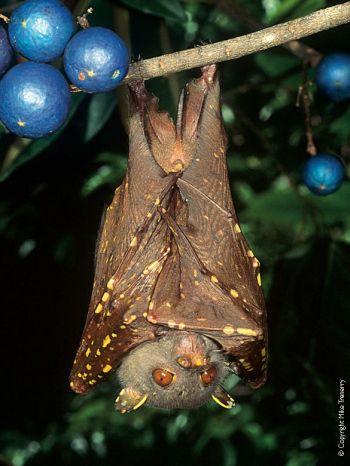
With the prevailing changing trend of the world’s climate, it is lashing havoc on its resources. Including several animal, plant or insect species, it is not sparing humans as well.
Thus, though, it would not raise brows when mentioned of the gradual disappearance of Australia’s bat population, but will surely trigger worries among the environmentalists and conservationists.
Yes, climate change in the country is found to be impacting the bat population in the country. This is revealed by bat fossils unearthed from a central eastern Queensland mine.
Uncovered at a Mt Etna mine, situated near Rockhampton, the fossil deposits are found to contain a succession of bat remains that range from the late Pleistocene Epoch – i.e. from two million years ago to approximately 10,000 years ago — to the present.
Their spanning of transition from the full tropical rainforest habitats to the more arid environment, which currently characterizes the Mt Etna region clearly gives the largest and best record of the state’s southern most bat population.
With the bat population declining drastically across the world, any such information or discovery that can throw light on their ecology would surely prove vital to help manage their population.
Sandrine Martinez, PhD student of Queensland University of Technology said,
What I’ve found so far is an overall decrease in species richness – today the Mt Etna caves are inhabited by five species of bat (excluding fruit bats) while in the late Pleistocene there were at least eight.
These bats are insectivores and their decline could be due to a reduction in their food sources in response to climate change – that’s something I’ll be investigating further.
It’s important to understand what has happened to bats in the past to more accurately predict what could happen in the future and perhaps prevent any more loss of diversity. Bats play an important ecological role as natural insect control agents. They account for almost a quarter of all mammal species and are the only flying mammals.
Hope such few more findings may help the global bat population from extinction by providing few fossil records of the species, which otherwise are a rare find.
Image

